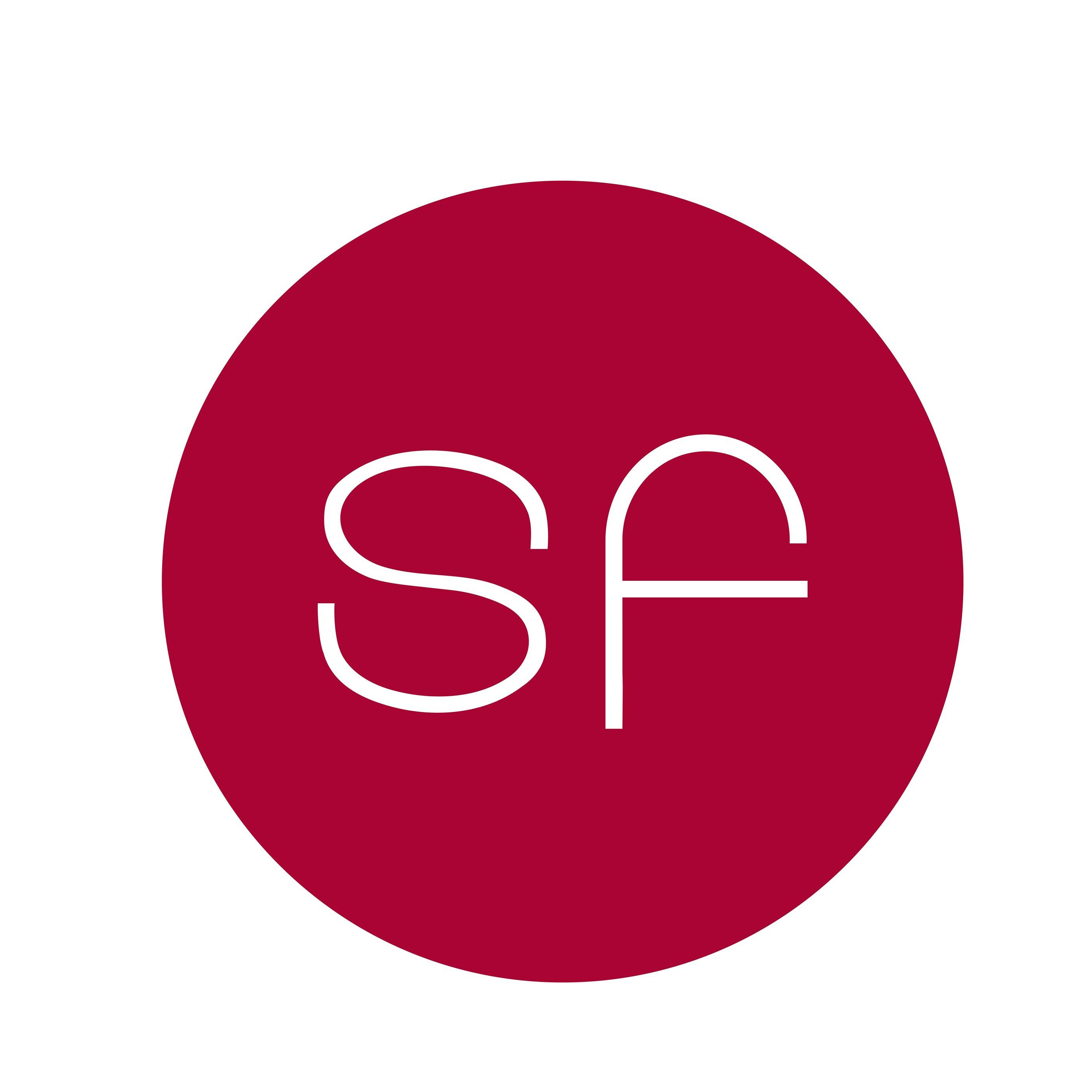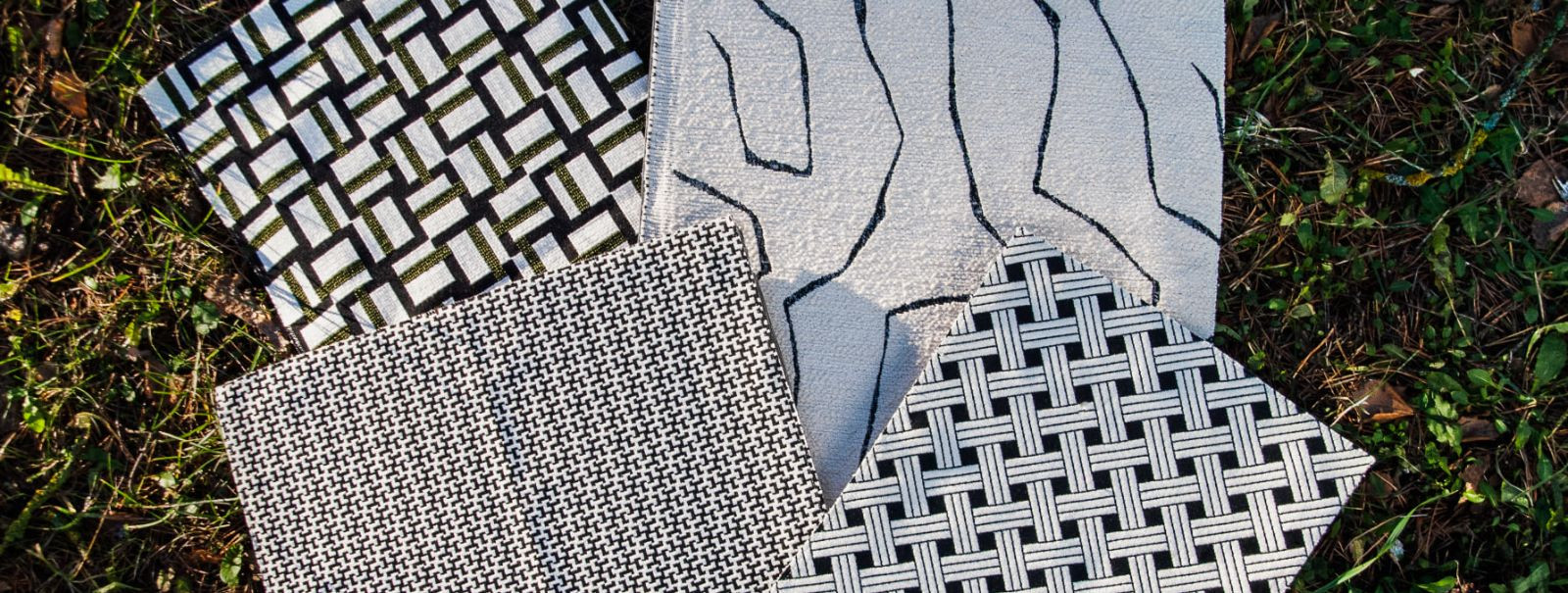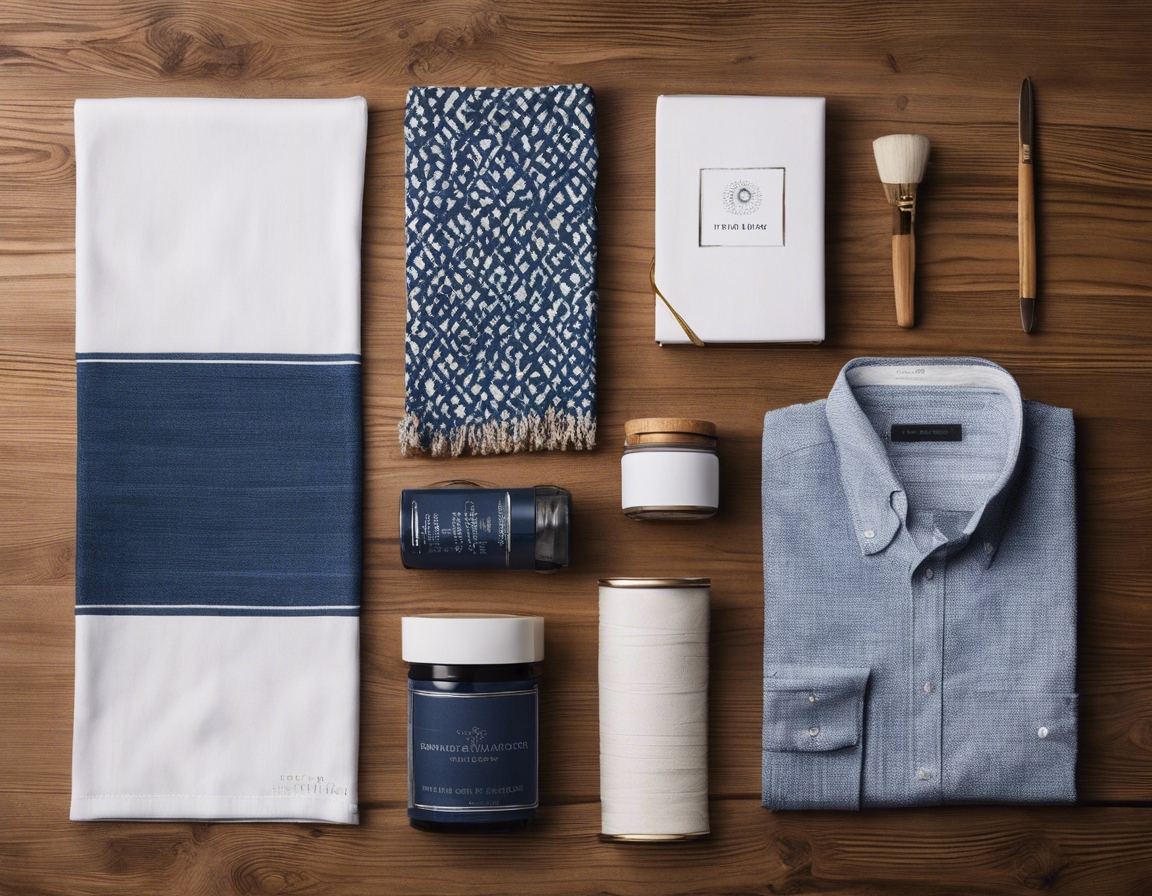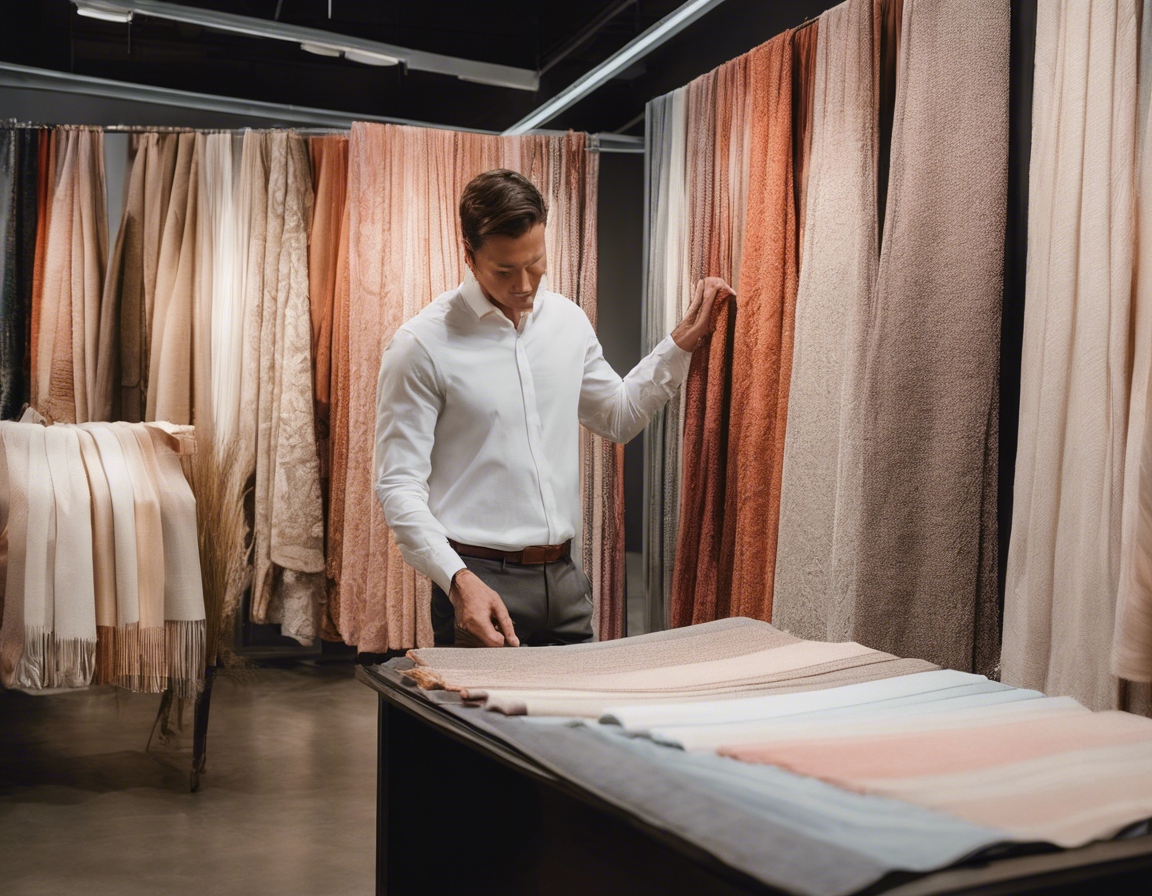Why quality fabrics are the foundation of fashion
The fashion industry is a complex tapestry woven from creativity, craftsmanship, and the foundational element that holds it all together: quality fabrics. As the building blocks of fashion, fabrics not only determine the aesthetic and tactile qualities of a garment but also its durability, comfort, and sustainability. For fashion designers, interior decorators, and large-scale apparel manufacturers, understanding the pivotal role of fabric quality is essential to creating pieces that stand out in a competitive market.
Fashion design is an art form that relies heavily on the medium of fabric. The choice of material can inspire the entire design process, dictating the silhouette, movement, and functionality of the final piece. Quality fabrics serve as a canvas for designers to express their vision, with each weave and texture bringing a unique dimension to their creations.
Quality in fabrics is determined by several factors, including fiber content, weave complexity, dyeing and finishing processes, and the overall construction of the textile. High-quality fabrics are crafted with attention to detail and precision, ensuring that each yard meets stringent standards of excellence.
The Impact of Fabric Quality on Aesthetics
The texture and drape of a fabric are critical to the visual impact of a garment. Quality fabrics offer a superior hand-feel and flow, allowing designers to achieve the desired silhouette and movement. Whether it's the luxurious caress of silk or the structured ease of a well-woven linen, the right fabric can elevate a design from ordinary to extraordinary.
Color vibrancy and print clarity are hallmarks of quality fabrics. These materials are treated to ensure that they hold their color and resist fading, even after multiple washes. This longevity of appearance is crucial for maintaining the integrity of the design over time.
The overall look and feel of a garment are largely influenced by the quality of the fabric used. High-quality materials exude a sense of luxury and professionalism that cannot be replicated with inferior alternatives. They are the silent ambassadors of a brand's commitment to excellence.
Quality Fabrics and Durability
Investing in quality fabrics is synonymous with investing in the longevity of garments. These materials are built to last, often outliving their cheaper counterparts by several years. This durability is not only beneficial for the wearer but also for the brand, as it reflects a commitment to producing high-value products.
Quality fabrics are designed to withstand the rigors of daily wear and the demands of various care processes. Their resistance to wear and tear means that garments retain their shape and appearance longer, making them a staple in any wardrobe.
While high-quality fabrics may require specific care instructions, their maintenance often results in a longer lifespan for the garment. Proper care ensures that the fabric's properties, such as breathability and texture, are preserved over time.
Quality Fabrics and Sustainability
As the fashion industry moves towards a more sustainable future, the demand for eco-friendly materials has risen. Quality fabrics are increasingly being sourced from sustainable fibers and produced using environmentally conscious methods, reducing the industry's carbon footprint and contributing to a greener planet.
By choosing quality fabrics, designers and manufacturers are also choosing to reduce waste. Durable materials mean fewer replacements and less consumption, which is not only economically sound but also environmentally responsible.
High-quality fabrics are often associated with ethical manufacturing practices. Companies that prioritize quality are more likely to invest in fair labor conditions and responsible sourcing, aligning with the values of a growing segment of conscious consumers.
Quality Fabrics as a Business Investment
For businesses, the use of quality fabrics is a direct investment in their brand's reputation. Customers associate the feel and longevity of their products with the brand's image, leading to increased customer loyalty and word-of-mouth referrals.
While the initial cost of quality fabrics may be higher, their durability and timeless appeal make them a cost-effective choice in the long run. By reducing the need for frequent replacements, businesses can save on production costs and maintain a consistent level of quality in their offerings.
In a market flooded with fast fashion and disposable trends, quality fabrics offer a competitive advantage. They allow designers and brands to differentiate themselves by offering products that promise longevity, sustainability, and an unmatched level of quality.






Comments (0)